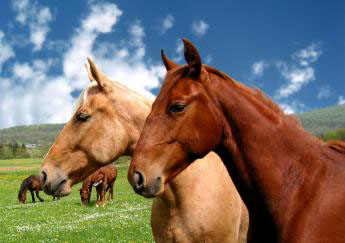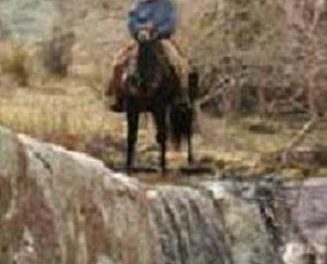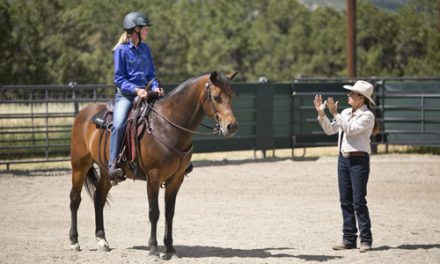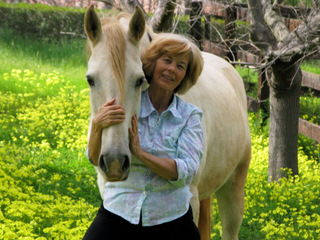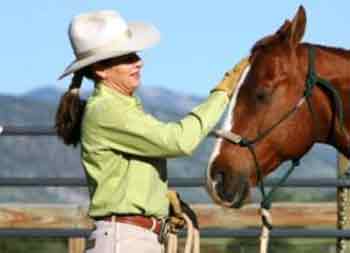 This month we’ll talk about how to fix problems that we as riders create by bad habits that have developed in our riding and training. Truly good horsemanship means being a rider who is willing to change and improve no matter how long you have been riding, and being open minded, constantly evaluating how your actions are affecting your horse.
This month we’ll talk about how to fix problems that we as riders create by bad habits that have developed in our riding and training. Truly good horsemanship means being a rider who is willing to change and improve no matter how long you have been riding, and being open minded, constantly evaluating how your actions are affecting your horse.
First, you need to identify the habit you are going to change, and figure out exactly what you are doing. This can be really hard to do by yourself, and it’s usually very helpful to have someone else watch you ride and give you feedback on what you are doing that might be contributing to a problem your horse is having. Another good way to do this is to have someone video tape you riding, and watch and analyze things yourself from the tape.
Once you have identified what you want to change in your riding, make a plan for how to accomplish the change. You may have to actually over-do your correction at first, in order to break out of the old habit. For example, if you have been leaning back into the stop, causing your horse to fall on his forehand, you may find yourself actually leaning forward a little as you try to develop a new way of riding. If you do over correct a little at first, that’s fine. Once you are more comfortable with the new way of riding you will probably naturally return to a middle ground.
It’s also very important to check all your equipment right at the start to see if anything might be causing your horse discomfort and creating a problem. I like to be sure my bridle is adjusted evenly on both sides, not up 5 holes on one side and 7 holes on the other. The bit should be resting just in the corner of the horses’ mouth, not pulling up on the corners and wrinkling his lips. Make sure the saddle is sitting back far enough that it’s not riding on the horse’s shoulders and restricting movement (and throwing your weight forward of where it should be). These may seem like tiny details, and they are, but lots of little problems add up to a big problem. I want my horse to be as physically comfortable as possible before I start riding and training on him.
One common riding problem is to tense your seat and grip with your thighs, shortening your legs and bringing your heels up. This can cause you to lose your stirrups regularly. One great way to get the feel of sinking your weight into your heels is to stand in the stirrups at the trot and lope, steadying yourself with one hand on the saddle horn. Once you have the feel of your feet being solid underneath you, sit back down in your saddle without changing your leg weight and position. If you start to lose your stirrups again, stand back up to get the correct feel and re-position yourself, then sit back down and try again.
Once you have identified the habit you want to change and worked on it for a while, have someone else watch you or video tape you, and evaluate your progress. Then you can keep making changes on your first project or move on to correcting a new bad habit. Every time your horse starts to have a problem in his training or does something he hasn’t done before, consider how you are affecting the situation. Try to figure out something you can change about what you are doing to make things better.
Enjoy working with your horses and improving your own horsemanship, and until next time, may God bless the trails you ride.
For more information on Ken McNabb’s programs call us at 307-645-3149 or go to www.kenmcnabb.com

